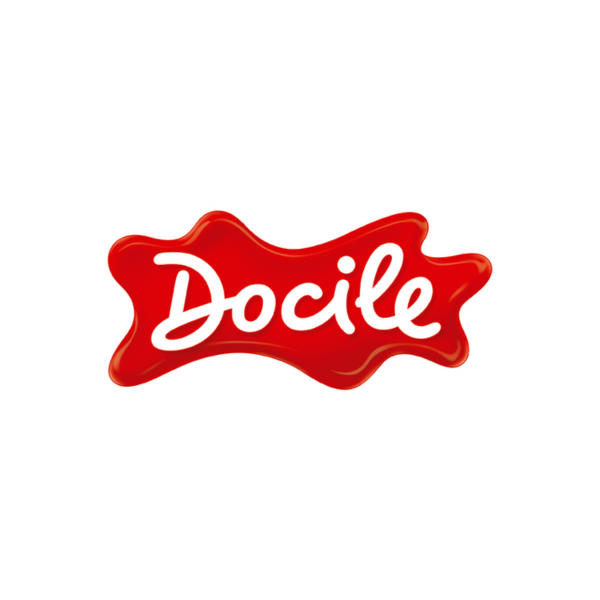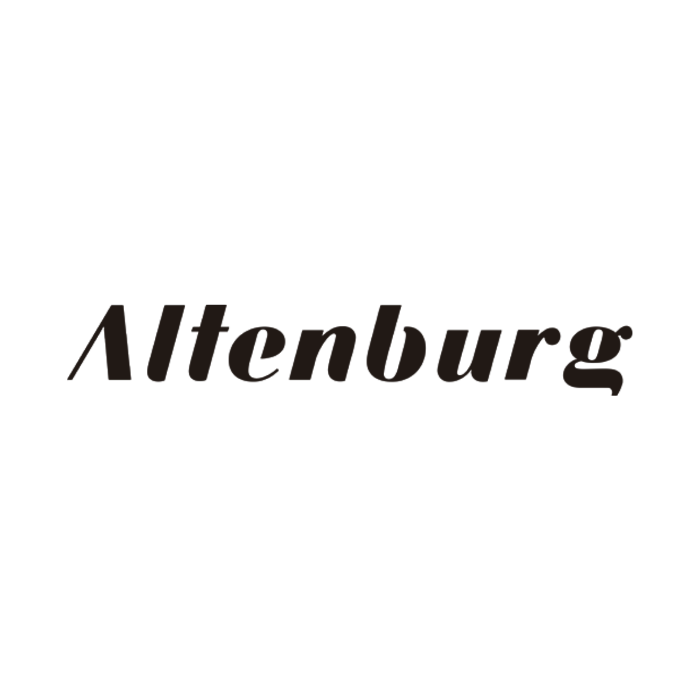
Docile Nordeste is a 100% Brazilian company, the largest “mint tablet” producer in Latin America and the second-largest gummy candy producer in Brazil, with international food safety certification, exporting to more than 50 countries.
The partnership with LiveMES has made it possible to increase production performance, speeding up decision-making and allowing to correctly map everything that happens on the shop floor. See the testimony of Felipe Davies, Production Supervisor, on the implementation of LiveMES at Docile Nordeste.
“We had efficiency in the Minty tablet wrapping production line at 84.09%, sensing the result should be better. We knew the top three stoppages in this line were lack of product, clamp adjustments, and non‑conforming product. These stoppages resulted in reduced production efficiency, increased production costs, and lower output. We lost on average 13 production hours per month across all these issues.
We had difficulty identifying problems, the time they occurred, the incidence of occurrences and which machines they occurred on most. Analyzing these stoppages and stratifying them on paper, sometimes without a correct description of the time and number of incidents, was a lot of work, often taking longer to identify the problem than to actually treat it.”
“Through a partnership with Senai/PE, which proposed the system Mina (My Most Advanced Industry) to the company as a pilot test. This system produced very significant results for the company, and after rebranding the system as LiveMES, we expanded to 100% of the plant’s production”.
The most important criteria for the decision (migration from Mina to LiveMES) were ease of use, speed of implementation, scalability, PMaaS, using hardware we already had, indicator alignment, remote access, instant visibility, data organization for querying, and ERP integration.
The implementation process met deadlines, involving electrical maintenance staff, machine operators, supervisors, coordinators, production managers, and company executives, with minimal effort and all required platform support provided.
It is very simple to use and has very few operational problems, with solutions provided quickly and with quality by the platform, as well as a lot of flexibility to improve the platform according to the demands requested and considered by the company. The fact that operators/supervisors/managers/processes have access to information in real time is what, in my opinion, positively boosts results. The implementation time is very quick and relatively simple.”
“With the system’s implementation, retrieving all information—number of occurrences, machine, shift, operator, etc.—all data and timelines for decision making, to address and act on problems is facilitated in an immeasurable way compared to how it was done before, and is fundamentally important to act directly and effectively where it really impacts results.
On the Minty insert line we saw a gain of close to 10% in availability and in the factory as a whole between 7 and 8%, which boosted production volumes, reducing costs proportionally. When it comes to the Minty line in particular, we realized that the main reason for the 10% increase in results after applying the system to the line is the issue of real-time production in which everyone, especially the operator, has the opportunity to interact with the system in the search for the best result day by day. There is also a healthy competition between operators in the search for a better production result than their colleague on another machine. This context of interaction with production and the system in real time is fundamental and essential for leveraging productivity results, and is very clearly perceptible when applied to all of the company’s production lines.
The top 3 issues were easily identified through system data collection, treated with action plans that reduced their incidents by over 50%, positively boosting availability results.
The platform’s main advantages are that it does not require high initial investment, allows pilots, can be implemented with internal teams, and can be done remotely.
Would you like to get to know the LiveMES system in depth?
Then request a demo with our specialists.





We are here to ensure your experience with HarboR is flawless.
Count on us to resolve any questions or technical issues.